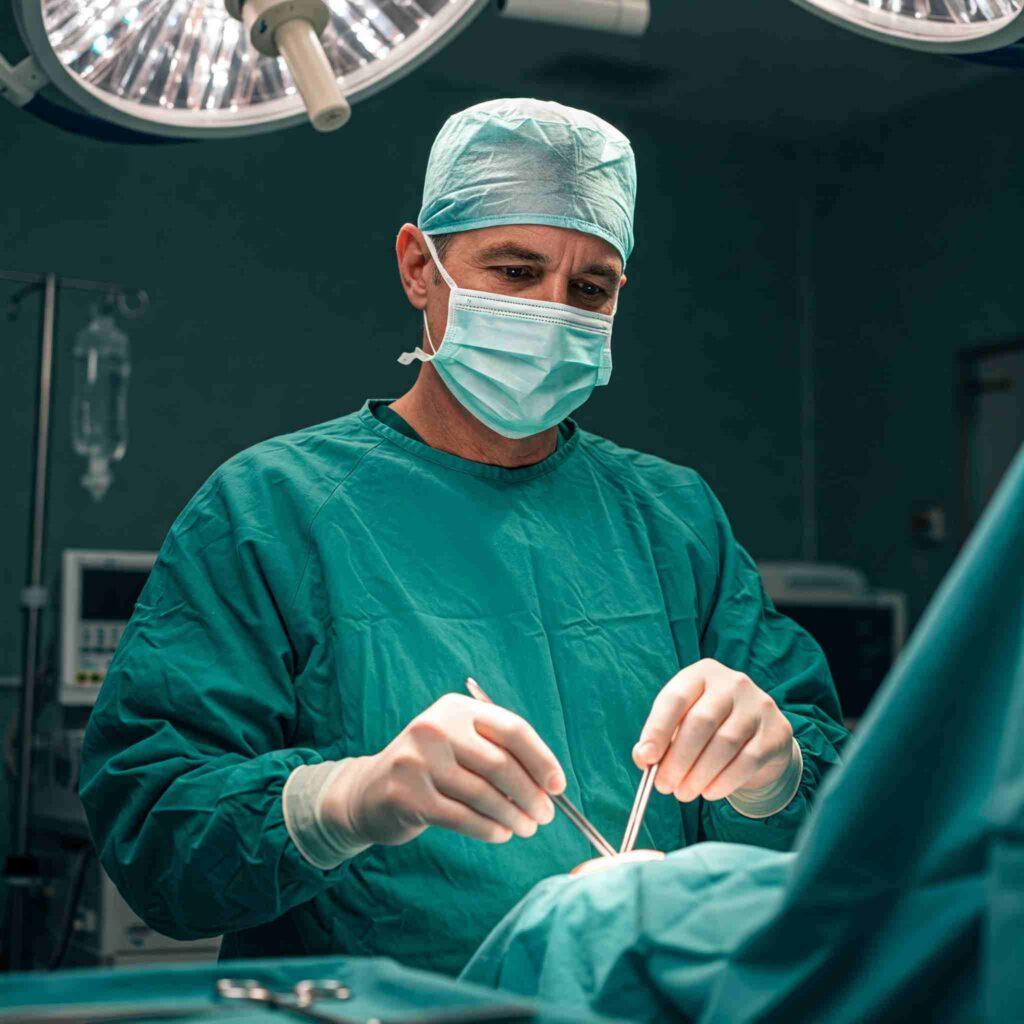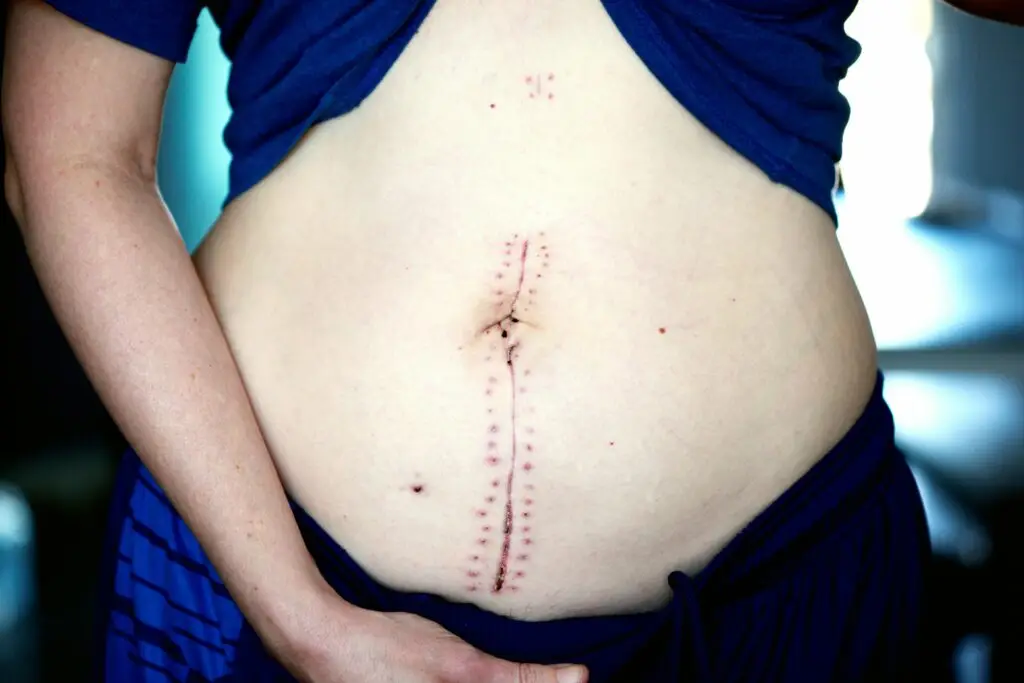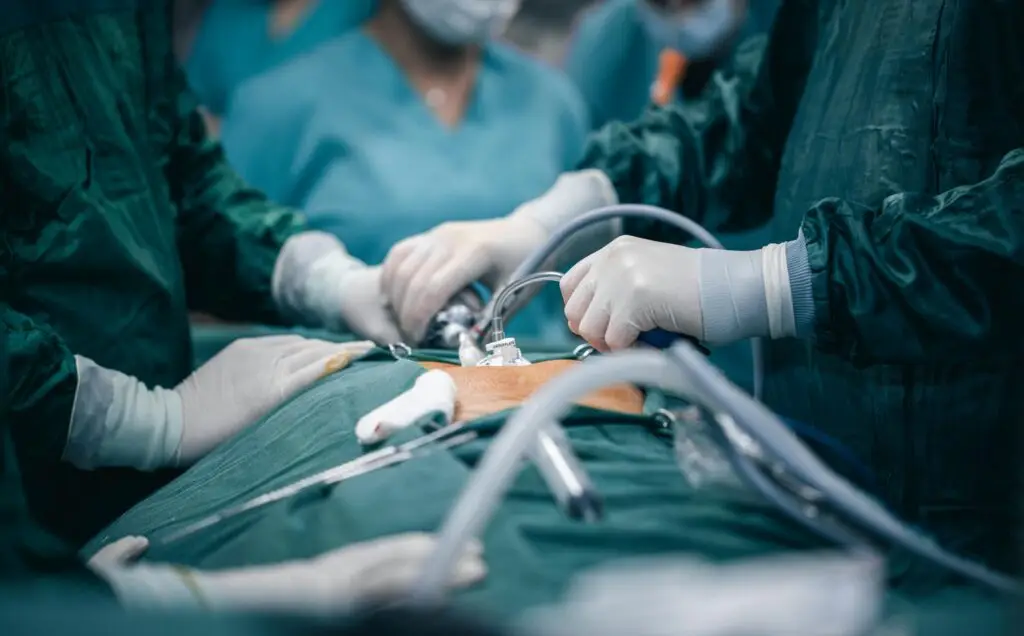Essential Surgical Skills: Successful surgical outcomes depend on a combination of knowledge, technical skills, and sound judgment. While technical expertise is crucial, modern surgeons must also master non-technical skills, such as communication, empathy, and teamwork, to ensure patient safety.
A surgeon’s responsibility begins long before the first incision—ensuring proper patient positioning, equipment setup, and adherence to safety protocols is vital. This guide explores key factors in surgical safety, from patient transfer to preventing nerve injuries, with a focus on optimizing outcomes through meticulous preparation.

Patient Positioning and Safety on the Operating Table
Patient safety in the operating theatre is the surgeon’s top priority, regardless of experience level. Proper positioning ensures optimal exposure while minimizing risks such as falls, pressure sores, and nerve damage.
1. Transfer to and from the Operating Table (Essential Surgical Skills)
Transferring an anaesthetized patient is a high-risk moment, with potential for falls, injuries, or even fatalities. Special care is needed for obese, elderly, or emaciated patients, who require additional support and specialized equipment. Regular manual handling training for staff is essential to prevent accidents.
2. Positioning on the Table (Essential Surgical Skills)
Before scrubbing in, the surgeon must ensure:
- The diathermy electrode (pad) is correctly placed to prevent burns.
- Metallic prostheses and pacemakers are accounted for.
- Ancillary equipment (energy generators, suction devices, laparoscopic stacks) is properly positioned.
- Operating lights are optimally adjusted.
3. Pressure Area Protection (Essential Surgical Skills)
Patients at risk of pressure sores (diabetics, immunocompromised, obese, or malnourished individuals) need extra care. Key areas include:
- Heels
- Sacrum
- Other bony prominences
4. Preventing Nerve Injuries (Essential Surgical Skills)
Anaesthetized patients are vulnerable to neuropraxia (nerve damage), particularly in:
- Brachial plexus
- Ulnar nerve
- Common peroneal nerve
Surgeons must lead the team in safeguarding these areas, especially during prolonged procedures.
5. Compartment Syndrome Risk (Essential Surgical Skills)
Acute compartment syndrome (often in the lower limb) can lead to permanent disability or amputation due to prolonged underperfusion. Symptoms include:
- Severe pain
- Swelling
- Numbness and tingling
- Reduced muscle power
Early recognition and emergency fasciotomy are critical to prevent irreversible damage.
Special Considerations for Laparoscopic Surgery (Essential Surgical Skills)
Laparoscopic procedures require additional safety measures due to:
- Steep table tilts (Trendelenburg/reverse-Trendelenburg)
- Risk of patient sliding or falling
- Potential nerve compression from restraints
Key Safety Tips:
✔ Use anti-slip mats or bean bags to secure the patient.
✔ Avoid side boards/arm restraints that may interfere with instruments.
✔ Ensure shoulder supports do not compress the brachial plexus.
✔ In lateral positioning (e.g., kidney/spleen surgery), proper training is essential.
Conclusion: The Surgeon’s Role in Patient Safety
A successful surgical outcome depends on meticulous preparation, teamwork, and attention to detail. By prioritizing patient positioning, equipment setup, and risk prevention, surgeons can minimize complications and enhance recovery.
Whether in open or laparoscopic surgery, adopting best practices in patient safety ensures optimal results and long-term patient well-being.
References:
- “manual handling training”
- Link to: https://www.hse.gov.uk/healthservices/manual-handling.htm (UK HSE guidelines)
- “pressure sores”
- Link to: https://www.nhs.uk/conditions/pressure-sores/ (NHS information)
- “compartment syndrome”
- Link to: https://orthoinfo.aaos.org/en/diseases–conditions/compartment-syndrome/ (AAOS patient education)
- “laparoscopic surgery”
- Link to: https://www.sages.org/publications/patient-information/ (Society of American Gastrointestinal Surgeons)
- “brachial plexus”
- Link to: https://www.assh.org/handcare/condition/brachial-plexus-injury (American Society for Surgery of the Hand)
- “Trendelenburg position”
- Link to: https://www.ncbi.nlm.nih.gov/books/NBK539772/ (NCBI medical reference)

